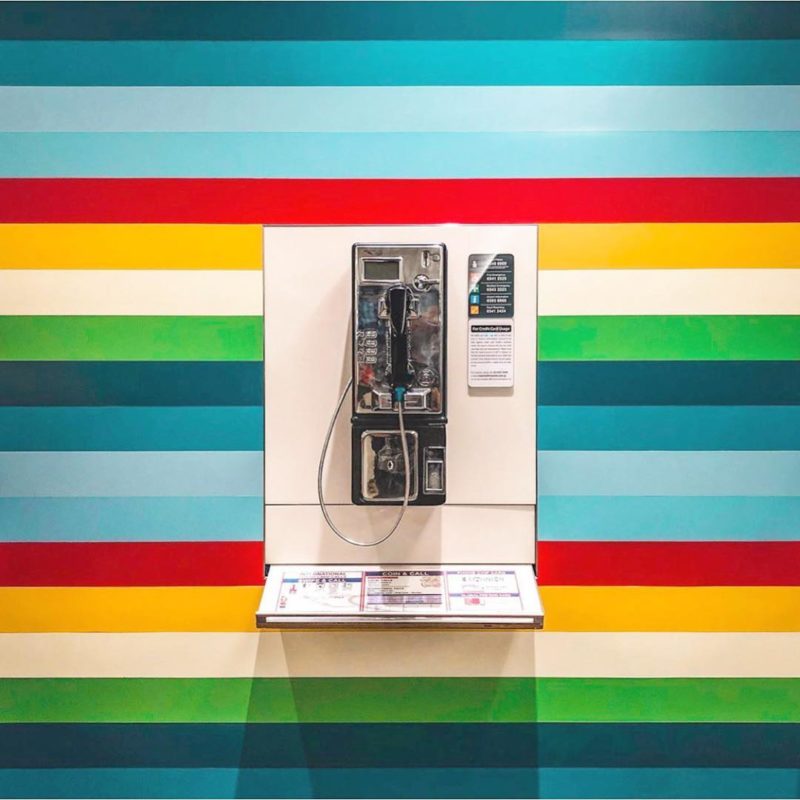Philadelphia’s Homeopathic Medical College opened in 1848, to a class of 15 students. Within 40 years it had merged with the Homeopathic Hospital of Pennsylvania and was reintroduced as Hahnemann Medical College and Hospital, in honor of the inventor of the alternative practice.
Samuel Hahnemann grew up in Germany. As a child, he loved physics, botany, and medical science. His father—who decorated porcelain—had little respect for formal education, and would often withdraw his son for “thinking lessons.” But Hahnemann always returned to rigorous study, and in time moved to Vienna to get his medical degree. Soon after, he married and settled in Gommern, where he and his wife welcomed the first of 11 children.
As a protective father of a houseful of kids facing constant sniffles and fevers, Hahnemann grew increasingly uncomfortable with the accepted treatments of the day and spent years in pursuit of natural remedies. He tested more than 2,000 substances, from plants to snake venom. One day, he began taking regular doses of ‘the bark,’ i.e. quinine (as one does). He claimed it produced the symptoms of malaria, but to a minimal, manageable degree. From that discovery, the world was gifted with homeopathic medicine.
Hahnemann Hospital grew to be a leading provider of subspecialty care, from homeopathy to later advancements in studies of the heart. Its 2019 closure included an end to the programs at its main teaching hospital, where this lone phone stands. Picking it up won’t get you a dial tone—but it may offer you a choice moment to pause for some “thinking lessons.”
 39.9538455, -75.1438599
39.9538455, -75.1438599






























Know more? Share with the community!
Submit Your ImageLogin/Sign Up.